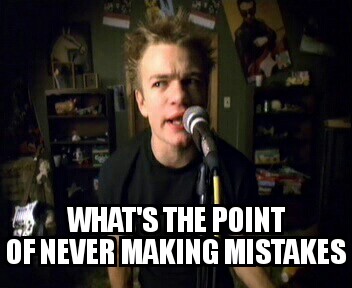
My dad used to work in the main Lab in Guinness. He told me a funny story, which I will share.
When he started in 1977, the guys he worked with did, what was called, a KBOS test. KBOS stood for something, he thinks maybe it was “potassium” related. The reason he can’t remember is that writing on the test had faded and all that was left was the initials “KBOS”.
But every day, without fail, someone in the lab would do this test. They would check the potassium levels on some samples. It was such a big deal that other labs would send over samples. All the results would then get recorded in a book and also sent over to another lab. The lab they used to work in was horrible. It was an old run down building full of rats and cockroaches. So eventually in 1988 they got to move labs.
In the move, they were trying to streamline the lab. Making sure only the important tests and equipment was moved. Eventually someone remembered the super important KBOS test. At this point someone asked, “What does KBOS mean anyway?”. Nobody could answer.
My dad had been doing the test since he started as had, it turned out, a number of people for years. Nobody knew why. So, they asked the other lab who they sent the results to. They checked their books. Yes, they had other results different tests to make sure Guinness was not polluting Dublin. Right there beside the results was indeed the KBOS results. But they realised that they NEVER USED the results for anything. It seems somebody, years before, needed to check it for a few weeks, and the test was then passed on to everyone else who started. So for 11 years this test was just done. Years of time wasted on a test that nobody ever even looked at the results for. The guys in the lab had a good laugh about it and moved on.
I think it shows the importance of asking “Why?”. Years ago, had someone questioned the KBOS test then they could have saved hundreds of man hours in doing it and recording the results. So, when you get asked to do something – to develop a new feature, or even define and break it down. Do you ask “Why?”. Do you question the business value? Sometimes you will find that the work is being done just because someone said “Lets do it.” There could be no real reason for it, no value to your customers. You could be wasting time doing something that will not meet the needs of your customers.
After all in the words of Paul Simon, aren’t we all “Just trying to keep my customers satisfied”.




